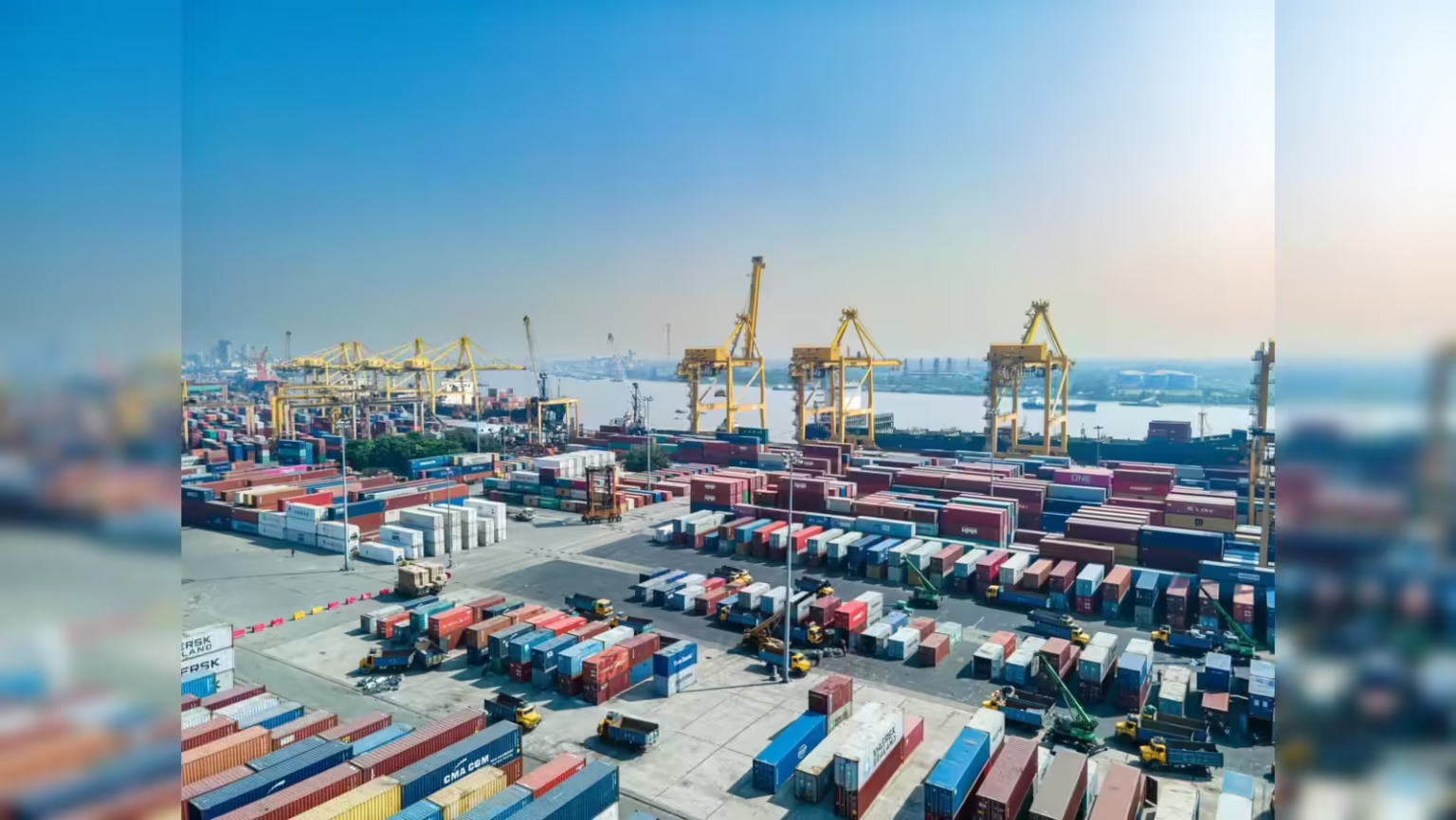The Gulf Travel Industry is booming at a rapid pace, with recent reports predicting it will surpass $150 billion in value by 2025. This growth is not just a number—it reflects the economic revival, tourism-friendly reforms, and increased global attention the Gulf countries are receiving.
The region, which includes countries like the United Arab Emirates, Saudi Arabia, Qatar, Kuwait, Bahrain, and Oman, has become a prime destination for both business and leisure travelers. With world-class infrastructure, futuristic attractions, cultural heritage, and rising investment in tourism, the Gulf Travel Industry is reshaping the future of global tourism.
Key Factors Behind the Gulf Travel Boom

1. Massive Investments in Tourism Infrastructure
Over the last decade, Gulf countries have been investing billions into developing tourism hubs. Cities like Dubai, Abu Dhabi, Riyadh, and Doha have transformed into global icons. Mega projects like NEOM in Saudi Arabia, Expo City Dubai, and Lusail City in Qatar are designed to attract millions of visitors each year.
Hotels, airports, cruise terminals, theme parks, and entertainment zones are being built or upgraded rapidly. These developments are critical in pushing the Gulf Travel Industry toward the $150 billion mark.
2. Visa Reforms and Tourist-Friendly Policies
Gulf nations are taking serious steps to make travel easier and more accessible. The UAE offers a multiple-entry tourist visa and golden visa to attract long-term tourists and investors. Saudi Arabia has launched e-visas for tourists from 50+ countries, opening its doors to the world like never before.
These policies are removing long-standing barriers and making the Gulf Travel Industry more competitive on the global stage.
3. Hosting Mega Events
The Gulf is quickly becoming a hotspot for global events. The FIFA World Cup 2022 in Qatar was a major success, drawing over 1.4 million tourists in one month. The Dubai Expo 2020, though delayed due to the pandemic, attracted over 24 million visitors.
Upcoming events such as the Asian Winter Games in Saudi Arabia (2029) and numerous international summits, concerts, and sports tournaments continue to drive growth in the Gulf Travel Industry.
Economic Impact of the Gulf Travel Industry’s Growth
The projected value of $150 billion by 2025 is more than just a figure—it reflects a major economic transformation. Tourism now contributes significantly to the GDP of Gulf countries, creating millions of jobs across hospitality, aviation, entertainment, and transport sectors.
In Saudi Arabia alone, the tourism sector is expected to contribute over 10% to the national GDP by 2030, as part of the Vision 2030 initiative. The UAE already sees tourism as a major pillar of its non-oil economy.
Strong Aviation and Connectivity
Airlines such as Emirates, Etihad, Qatar Airways, and Saudia have set global standards for luxury, connectivity, and service. Gulf airports like Dubai International, Hamad International, and King Khalid International serve as major transit hubs connecting Asia, Europe, and Africa.
This ease of access is another reason why the Gulf Travel Industry continues to grow rapidly. In fact, Dubai International Airport is among the busiest in the world, handling over 80 million passengers annually.
Changing Travel Trends and New Tourist Demands
The post-pandemic traveler seeks more than just luxury—they want experiences. The Gulf Travel Industry is adapting to this by offering eco-tourism, cultural experiences, desert safaris, adventure sports, and religious tourism.
Saudi Arabia has opened historic sites like Al-Ula and Diriyah, while the UAE promotes desert and mountain tourism in Hatta and Jebel Jais. Tourists now explore the authentic side of the Gulf, moving beyond skyscrapers to discover heritage and culture.
The Role of Digital Transformation

Technology is also playing a key role. From AI-powered hotel check-ins to virtual reality tours, the Gulf Travel Industry is embracing digital tools to enhance tourist experiences. Smart city concepts, app-based travel planning, and AI-driven customer service are becoming the new norm.
Gulf countries are also investing in digital marketing campaigns to promote tourism globally. Platforms like VisitSaudi, VisitDubai, and ExperienceQatar are part of this tech-first strategy.
Challenges That Could Impact Growth
While the outlook is positive, the Gulf Travel Industry faces challenges too. Economic uncertainties, global conflicts, oil price fluctuations, and climate concerns may affect tourism flow.
Another issue is overdependence on international travelers. While efforts are being made to promote domestic tourism, more strategies are needed to ensure long-term resilience.
What the Future Holds
Despite global economic pressures, the Gulf Travel Industry is well-positioned to meet its $150 billion goal. Governments are working together with private players to ensure sustainable, inclusive, and diversified tourism offerings.
As the world recovers from the impact of COVID-19 and international travel normalizes, the Gulf region is expected to outperform global averages in tourism growth. With unmatched ambition and planning, it is clear that the Gulf Travel Industry is on a strong upward path.
Final Thoughts
The rapid rise of the Gulf Travel Industry shows how tourism can become a powerhouse of economic growth and cultural exchange. With strategic planning, innovation, and global vision, Gulf countries are not just building tourist attractions—they’re building the future of travel itself.
By 2025, when the industry hits the $150 billion mark, it won’t be a surprise—it’ll be a result of years of vision, investment, and smart policy-making.
Also Read – Gulf’s Restaurant Delivery Market to Grow 60% in 2025



